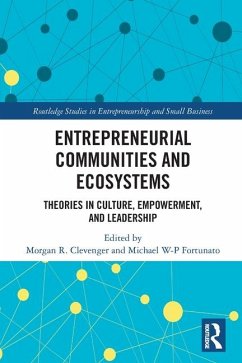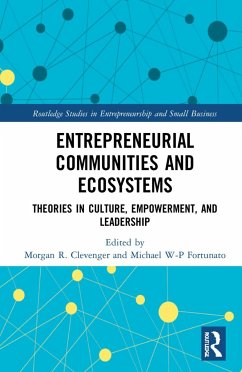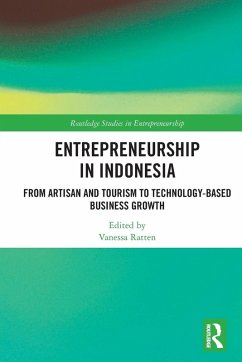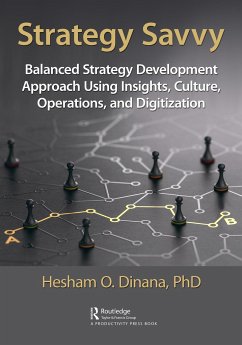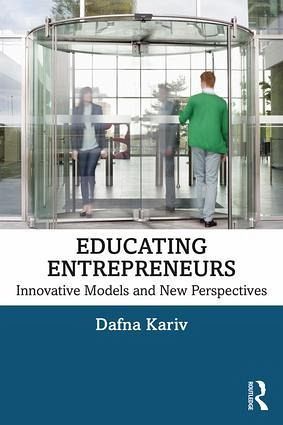
Educating Entrepreneurs
Innovative Models and New Perspectives
Versandkostenfrei!
Versandfertig in 6-10 Tagen
59,99 €
inkl. MwSt.
Weitere Ausgaben:

PAYBACK Punkte
30 °P sammeln!
As entrepreneurship programs proliferate-from classes in higher education to incubators, accelerators, open innovation platforms, and innovation factories-our understanding of the advantages and challenges of different modes of learning becomes increasingly obscured. In Educating Entrepreneurs, Kariv provides an impressively broad and thorough overview of the field of entrepreneurship education, along with practical tools for students to be able to evaluate the strengths and weaknesses of the different options that exist, as well as for these programs' developers and managing teams to be able ...
As entrepreneurship programs proliferate-from classes in higher education to incubators, accelerators, open innovation platforms, and innovation factories-our understanding of the advantages and challenges of different modes of learning becomes increasingly obscured. In Educating Entrepreneurs, Kariv provides an impressively broad and thorough overview of the field of entrepreneurship education, along with practical tools for students to be able to evaluate the strengths and weaknesses of the different options that exist, as well as for these programs' developers and managing teams to be able to plan and manage such processes.
Examining these programs, which are found both within and outside of academia, along with insights into their challenges and opportunities, should help students grasp the entrepreneurship education field, its goals, target audience, and ecosystem involvement. Kariv supplements this comprehensive evaluation with case studies and examples that tie the theory to practical applications. Students can read about contemporary ventures, such as Y Combinators, Techstars, and SOSA, giving them concrete examples to relate to. Interviews with program stakeholders around the world complete the view, with an exploration of the cultural and country-based dynamics related to programs developed in specific countries.
Being both thorough and informative, this book will serve students and faculty of entrepreneurship courses, as well as practitioners looking to understand their entrepreneurship education options.
Examining these programs, which are found both within and outside of academia, along with insights into their challenges and opportunities, should help students grasp the entrepreneurship education field, its goals, target audience, and ecosystem involvement. Kariv supplements this comprehensive evaluation with case studies and examples that tie the theory to practical applications. Students can read about contemporary ventures, such as Y Combinators, Techstars, and SOSA, giving them concrete examples to relate to. Interviews with program stakeholders around the world complete the view, with an exploration of the cultural and country-based dynamics related to programs developed in specific countries.
Being both thorough and informative, this book will serve students and faculty of entrepreneurship courses, as well as practitioners looking to understand their entrepreneurship education options.





